July 20, 2015
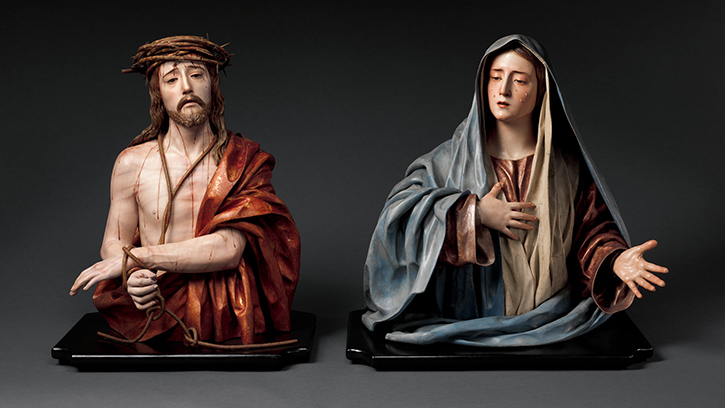
It is impossible to look at the bruised and bloody body of PREDRO DE MENA’s Christ without wincing in sympathy. And one would have to be stonyhearted to look unmoved on the Virgin Mary’s tears. Yet, until very recently, painted wood sculpture of this kind, produced in Baroque Spain, was ignored by most mainstream art historians, or even dismissed as religious kitsch. (…) Polychrome works by the most skilled and passionate of Spanish sculptors are therefore at the top of the Department of European Sculpture and Decorative Art’s list of sculptural desiderata, and the chance to acquire PREDRO DE MENA’s marvelously moving Ecce Homo and Mater Dolorosa was not to be missed.
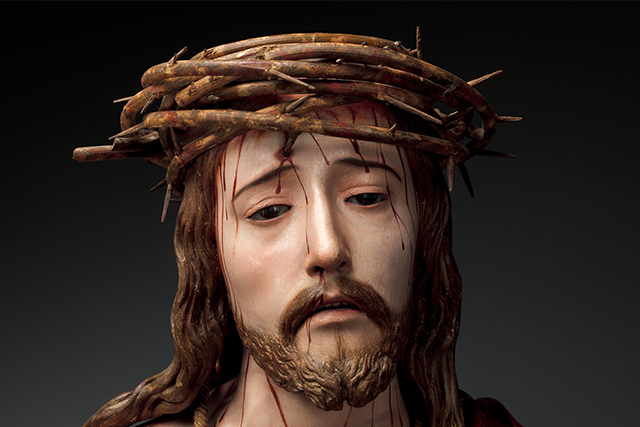
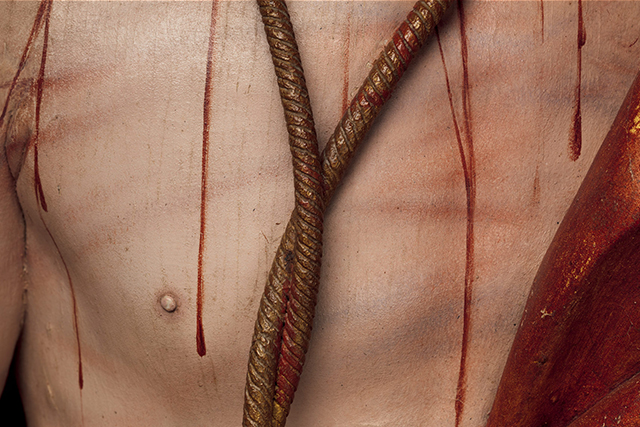
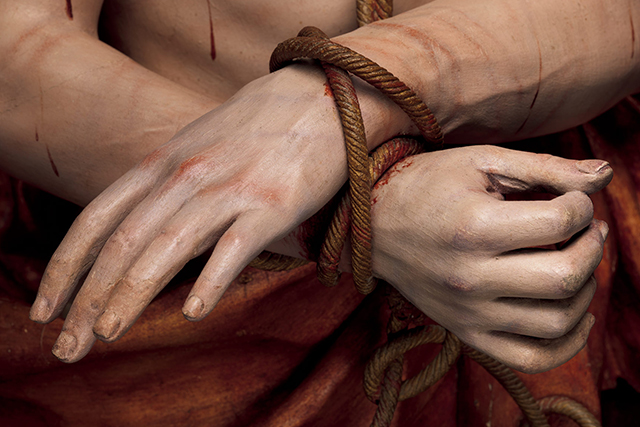
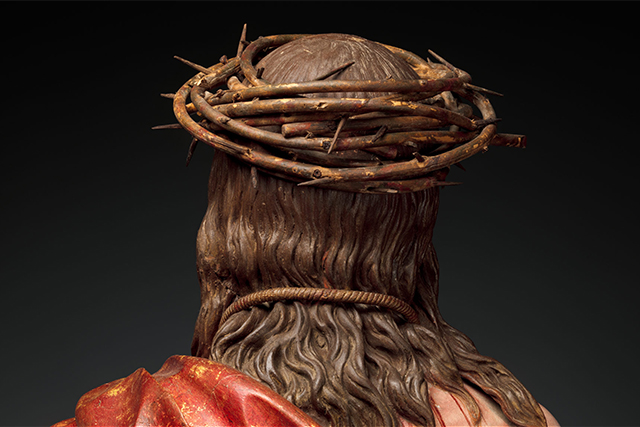
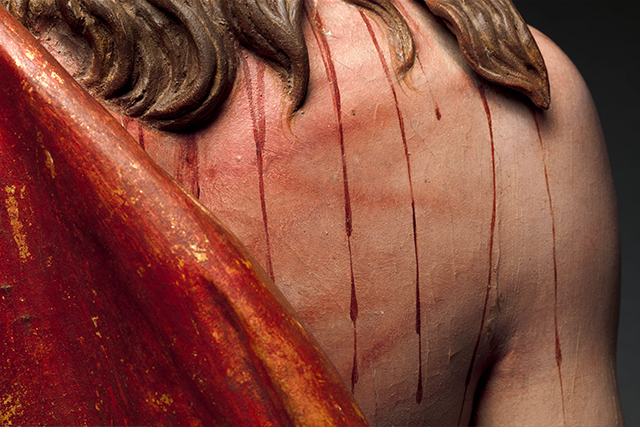
Because the half-length figures are slightly less than lifesize, and because they are given grand theatrical gestures and dramatically swirling draperies, they proclaim themselves as works of art. However, these pieces also bring the living figures of the tortured Christ and his grieving mother into our world, giving them a presence that feels almost unmediated by an artist. Not only are their facial expressions painfully vivid, the sculptures are colored with an extraordinary realism, with glass eyes and real hair used for the eyelashes. This coloring was also immensely skillful; Pedro belonged to the first generation of sculptors not forced by guild regulations to relinquish this responsibility. These are sculptures whose startling immediacy depends upon his brilliant craft.
Luke Syson
Iris and B. Gerald Cantor Chairman
Department of European Sculpture and Decorative Arts
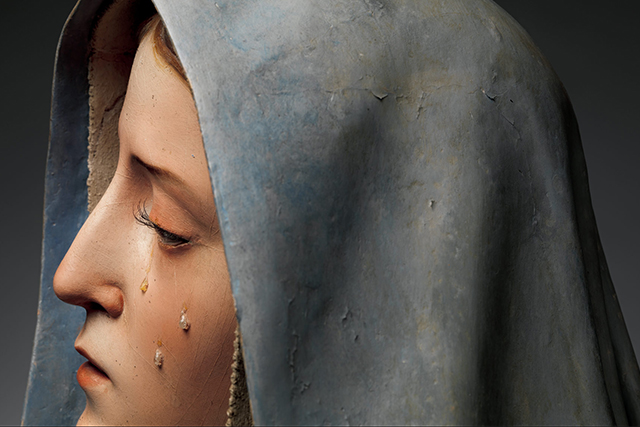
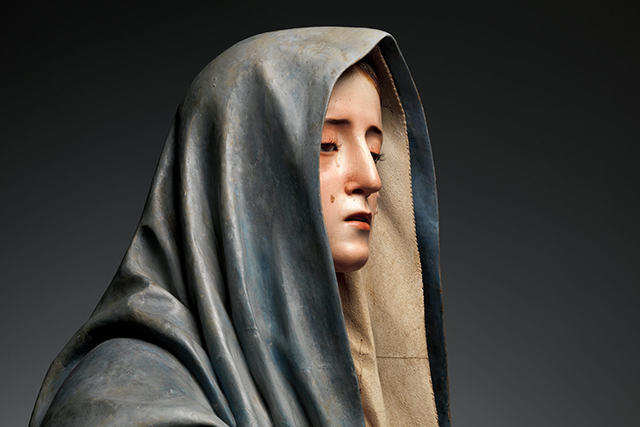
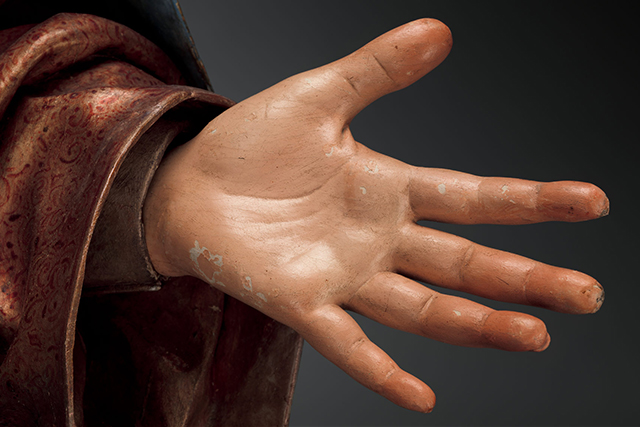
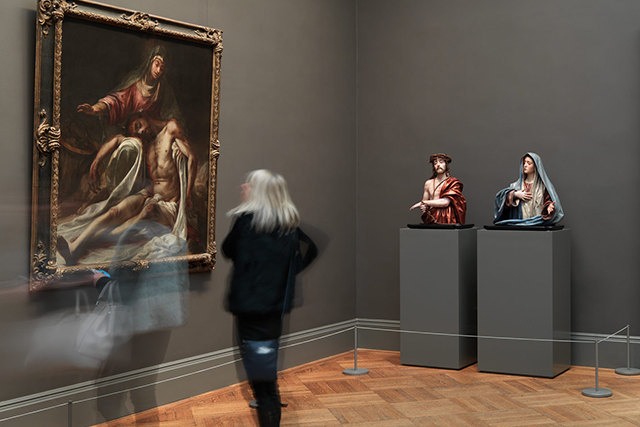
PREDRO DE MENA’s “Ecce Homo” and “Mater Dolorosa” are on view in Gallery 611 of the Metropolitan Museum of Art (1000 Fifth Avenue, Upper East Side, Manhattan).
***
Treasures of Heaven: Saints, Relics and Devotion in Medieval Europe (March 23, 2011)
Religious Art at The Metropolitan Museum of Art (January 20, 2011)

